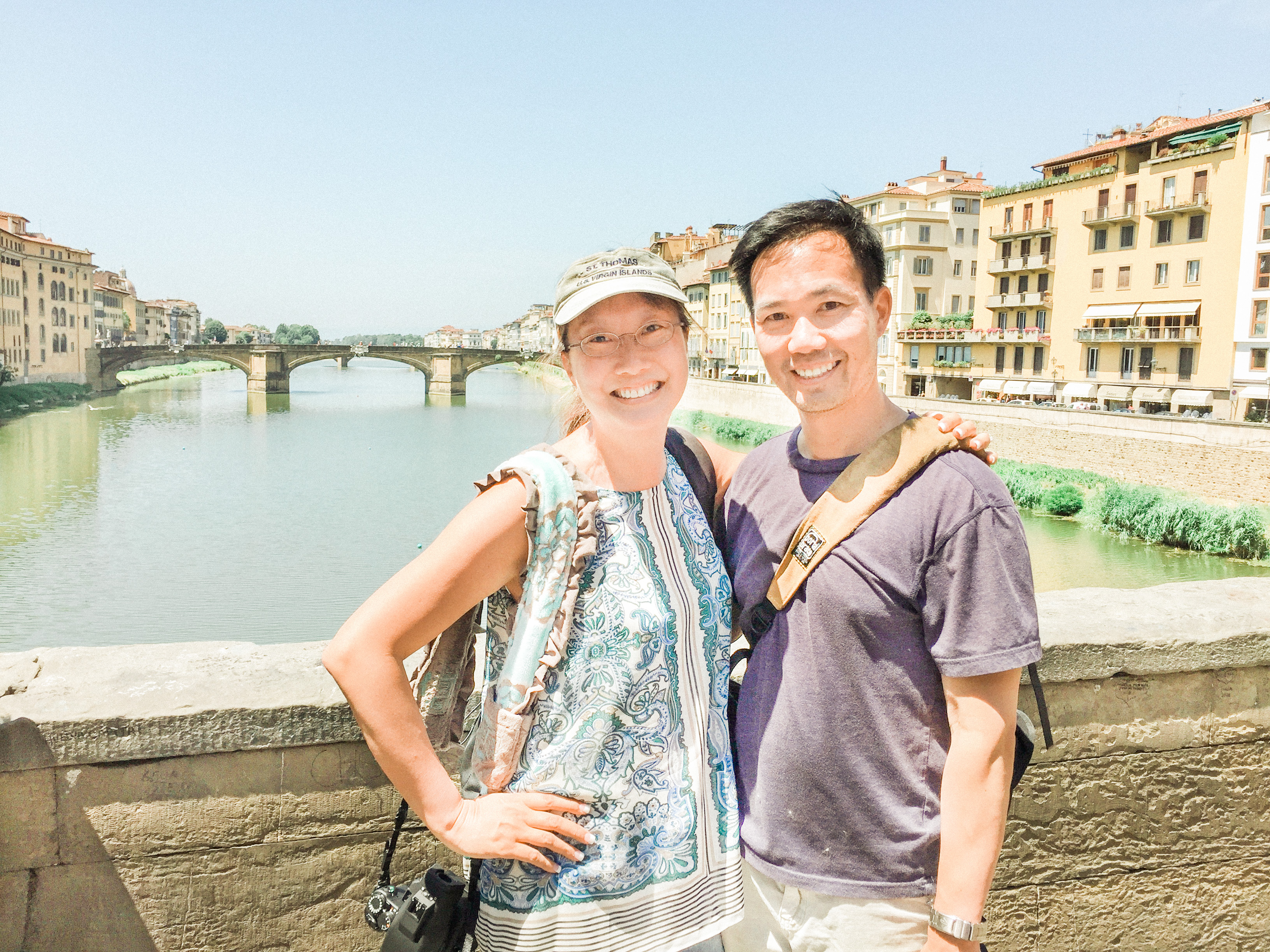Hmmm… what to pack for an African Safari? Yes, a Safari is very different from a lot of the other trips you have gone on. They have even stricter requirements on the weight of your luggage because when you fly to the bush, it will be these little 12-passenger prop planes such as this one:

Here are some essentials that you should consider…
- TYPES OF LUGGAGE – Your luggage needs to be in a soft bag. The aircraft’s luggage compartments have limited volume and are of an irregular shape. Large rigid suitcases with wheels are very difficult to stow away. Darren used a travel duffel for all of his clothes and toiletries and his travel backpack for camera gear and personal items. I brought my backpacking pack for clothes and a carry-on camera bag.
- LUGGAGE WEIGHT – The weight limit of these bush planes is about 15 kg (33 lbs) for both luggage and carry-on. Since most camps and lodges provide laundry service at no extra charge, you should only need 3 to 4 changes of clothing even for a 14-day Safari. Please note that for some countries such as Botswana and Tanzania, the staff won’t wash underwear because it’s against cultural custom. Be sure to check with the specific camps and lodges that you are staying at to see if they do or not.

- WEAR NEUTRAL COLORS – Part of our itinerary includes Tarangire National Park in Tanzania, and their park is known for the tsetse flies. The few days we were there, the tsetse flies were pretty bad. Although we didn’t get bitten, they were still not pleasant to have around. Tsetse flies are attracted to dark colors like black and deep royal blue, so if you wear neutral color clothing (like we did in the photo below) then they won’t be all over you! Six of the 23 tsetse flies species transmit sleeping sickness to humans, so it’s best if you can avoid being bitten by these little creatures! Moreover, neutral colors are also best in camouflaging with your bush environment and you won’t scare off the wildlife animals that you will be seeing. It’s always a good idea to “blend in” with your surroundings and not draw too much attention!
- WEAR LONG SLEEVES + PANTS – Depending on the time of year you are going on the Safari, it gets warm during the day but it is advised to wear long sleeves shirt and pants because you want to keep the mosquito bites to a minimum. When we went during mid-September to early October, we were lucky that we didn’t encounter too many mosquitos. In addition, it also protects you from the hot African sun!

- WEAR LAYERS – As Northern Californians, we are used to wearing layers at home because it could be super warm during the day and chilly at night. The weather in East Africa during the Fall is pretty similar, so we always have an extra sweater or cardigan with us.
- BRING A LIGHT JACKET – Although the sun is strong and the temperature is warm during the day, once the sun goes down the air can get crisp and a little nippy. It’s best to pack a light jacket. I wore that every day during our morning game drive and also during the sundowner and after, just like in the below photo. My packable ultra light down parka is also water resistant, which makes it perfect for unpredictable weather and light rain/showers as well.

- CAMERA – Because of the prop plane weight limit, Darren and I totally pared down on our camera gear for the Safari trip. He brought the Canon 7D because of its cropped sensor so that he could get the “extra distance” with his Canon 16-35mm and 70-200mm lenses. I brought my Canon 5D Mark III and rented the Canon 70-300 mm lens. They were perfect for everything that we needed to photograph, from the wildlife to landscapes. Even if you are not a professional photographer, you can still get some decent shots with point-and-shoot cameras such as the Sony or Leica collections.
- BINOCULARS – If you already have them, bring them as they are perfect to see animals from afar. We don’t have any but the guides do, so we just borrowed theirs and it was fine. For most of the game drive, the animals are pretty close in proximity to the Safari vehicle, so we don’t really need to use the binoculars all that much. It’s used more by the guides to spot animals.

- TRAVEL NOTEBOOK/JOURNAL – The Safari Outfitter that we went with, &Beyond (more about them in a separate post), gave us a Safari travel bag with a notebook and journal so that we could document our experience and journey. Even if you don’t write journals daily, it’s still a great idea to have a notebook to jot down some of the important parts of the trip.

After packing so light for the Safari trip, now I wish we could pack this light for all of our other trips. It really is liberating when you don’t have to worry about what to wear each day but to put on your “Safari uniform” which is all cleaned and laundered everyday. We definitely got really spoiled on this trip!
























































Leave a reply